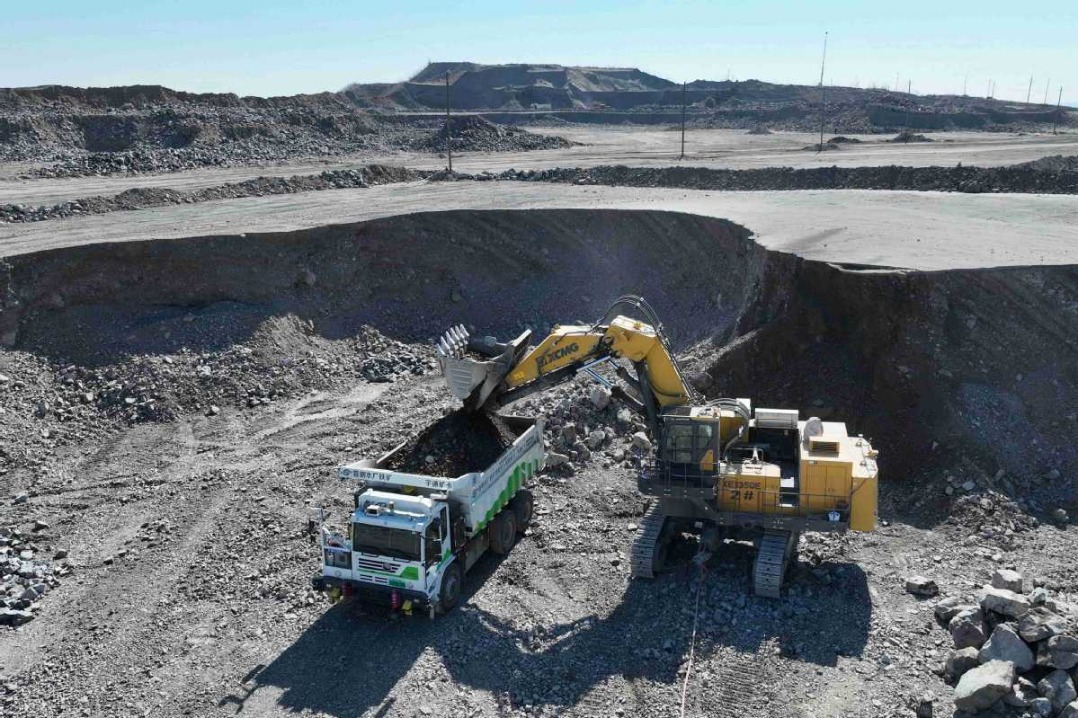Planet Earth's annual checkup by NOAA raises a few questions

The US National Oceanic and Atmospheric Administration takes our planet's temperature every year and issues a report on how our ecosystem is getting along.
It's not quite as simple as putting a thermometer under the tongue and checking blood pressure.
From January to June, 500 scientists in 65 countries around the world crunch numbers that chronicle, measure and tabulate everything from masses of sea ice and sea levels to air temperatures and numbers of hurricanes — everywhere — and compare it all to previous years.
The diagnosis for 2017 is in and "it's official", NOAA's National Centers for Environmental Information says: 2017 was the third-warmest year on record (trailing 2016 and 2015).
Here are some of the indicators the analysts observed:
A new high for sea level — which is about 3 inches higher than the average in 1993 — means the "global sea level is rising at an average rate of 1.2 inches per decade".
Meanwhile, those rising waters are getting warmer, but with a glitch. Even though 2017 sea surface temperatures were lower than 2016, "the long-term trend remained upward".
Levels of greenhouse gases — carbon dioxide, methane and nitrous oxide — reached record highs.
"CO2 concentration was 405 parts per million, the highest measured in the modern 38-year global record and in ice-core records dating back as far as 800,000 years."
That is one broad swath of meteorological history.
Another statement from the report is a stopper.
"Today's abnormally warm Arctic air and sea surface temperatures have not been observed in the last 2,000 years," it reads.
That got me wondering about the Arctic-air-and-sea-surface-temperature observers under, say, Roman Emperor Caesar Augustus or Xin Dynasty Emperor Wang Mang, both of whom were in power in their respective corners of the world in AD 18, or 2,000 years ago.
The baselines for so many of these data sets seem to be in constant states of revision, goal posts moved whenever it's expedient. Skeptics have said that there is no way to really get a reading on these global trends without completely wiring the entire surface of the planet, including the oceans, with monitoring sensors.
A scientist who was running what at the time was the world's fastest, most powerful supercomputer and was using it to overlay all of the climate data gathered by several government agencies once told me, "We can't even tell you what the weather is going to be on Thursday, how can we say what it'll be 150 years from now?"
This kind of "heresy" was refreshing for a lover of what now seems to be the old-fashioned and quaint notion of what science is. The great Richard Feynam put it best: Science is all about proving the experts wrong.
When you're dealing with computer models of the future, how do you "prove" something is wrong? The only thing that can settle a dispute is the future. And so the drumbeat of the mantra goes on: Climate change is real. That's not a theoretical could be or might turn out to be real, but is real.
So it is that a new study from MIT might be taken with a grain of salt. The headline reads: "China could face deadly heat waves due to climate change."
One of the world's most densely populated regions — the North China Plain (NCP) — may be pushing the boundaries of habitability by the end of the century, the study published in the current issue of Nature Communications finds.
There's only so much heat combined with humidity that people can endure unprotected, and because the region, being the "breadbasket" of China, is so heavily irrigated, thus promoting more evaporation, heat waves could turn deadly.
The heat-humidity "threshold" of "survivability" will be reached "several times in the NCP region between 2070 and 2100", the authors warn.
How did they predict that? By using computer models that most closely matched weather patterns of the last 30 years.
Their bottom line weaves seamlessly into the orthodox dogma: Better stop emitting so much greenhouse gas.
The future seems so much more real now.
Contact the writer at chrisdavis@chinadailyusa.com.

































